A Georgia-based company, Native Custom Stone has developed brick and stone veneer products for the DIY market. Both Go-Brick and Go-Stone products are easy to install and both are available online from BuildDirect.com, and from select Home Depot stores in a number of US states.
As their names suggest, Go-Brick looks like brick, and Go-Stone looks like stone. Both simulated ranges have a number of different finishes and colors, and both are installed using with minimal tools and tile adhesive rather than mortar. Both the brick and manufactured stone veneer products are lightweight, and both will transform walls from drab to fab in just a few hours!
Go-Brick
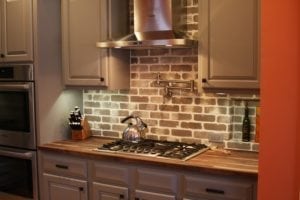 A thin, tumbled brick veneer that can be installed on most vertical surfaces, both interior and exterior, Go-Brick is available in a wide range of standard colors, and can be custom-colored to order. Several grout colors are also available to match the color of mortar that is normally used to lay full sized clay bricks or concrete blocks.
A thin, tumbled brick veneer that can be installed on most vertical surfaces, both interior and exterior, Go-Brick is available in a wide range of standard colors, and can be custom-colored to order. Several grout colors are also available to match the color of mortar that is normally used to lay full sized clay bricks or concrete blocks.
On average, the molded bricks are half an inch thick, and 7⅝ x 2¼ inches in size. Each box contains 58 Go-Bricks that will cover 8½ square feet with ⅜ inch joints. One box weighs about 24 lbs; and each square foot weights between 4-6 lbs. Accessories include corner pieces, 18 x 2 x 3⅜ inch window sills, and boxes that are designed to accommodate light switches and electric plug points.
When laying Go-Brick veneer it is best to mix units from different boxes to maximize variation.
Essential tools required to install Go-Brick include a measuring tape and a notched trowel to apply the tile adhesive. If tile grout is used, you will need a grout applicator; if regular mortar is used for grouting, you will need a small pointed trowel or pointing tool.
No form of foundation is required for Go-Brick veneer, but it is vital that the first (and all subsequent courses) are level. It is recommended that a chalk line is used to ensure that each course of Go-Brick is laid straight and level. But to do this you will need to start with two points that are level, so you will also need a spirit level to mark these points. Don’t ever rely on an existing floor level when tiling, laying bricks, or installing any form of veneer. Floors are not always completely level!
Sealing of the brick veneer isn’t necessary unless the surface is going to be exposed to a lot of water. Native Custom Stone has a Natural Shield Sealer that repels water and oil. It is effective for three to five years, and won’t change the natural appearance of the brick veneer.
Go-Stone
An innovative stone veneer made using recycled materials in the form of crumb rubber from discarded tires, Go-Stone is intended primarily for use on interior vertical surfaces. There are three ranges that give the appearance of different stone types, all of which are supplied in panel form.
Go-Stone is supplied in boxes of 15 panels that will cover five square feet. There are 40 vertical inches of flat edges in each box, and five each of three different panel sizes: 16 x 4 inches; 12 x 4 inches; and 8 x 4 inches. Corner pieces are packaged separately. Like Go-Brick, accessories designed to accommodate light switches and electric plug points are also available.
The essential tools needed to install Go-Stone include a measuring tape, spirit or torpedo level, and a notched trowel, as well as a wet-cut or drywall saw to cut ends to size as necessary.
Like Go-Brick, Go-Stone panels don’t require and form of foundation, and panel courses must be kept level for authenticity. The different sized panels should be alternated to prevent identical panels being installed next to or above one another. Since the panels are different sizes, this will also prevent the appearance of seams.
If Go-Stone manufactured stone veneer is going to be used on an exterior wall (perhaps on a covered patio wall), it’s advisable to use an exterior tile adhesive and the panels should be sealed.
For more information about Go-Stone and Go-Brick and suitable DIY projects, contact Native Custom Stone or an authorized distributor.

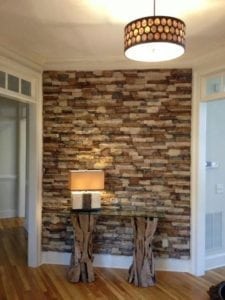
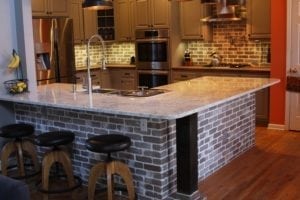
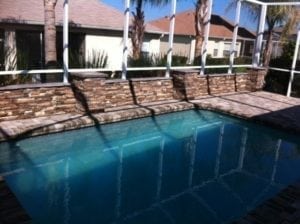
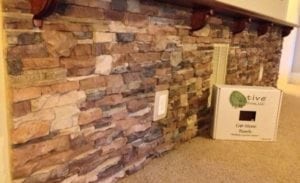
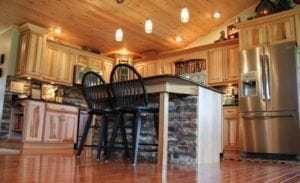
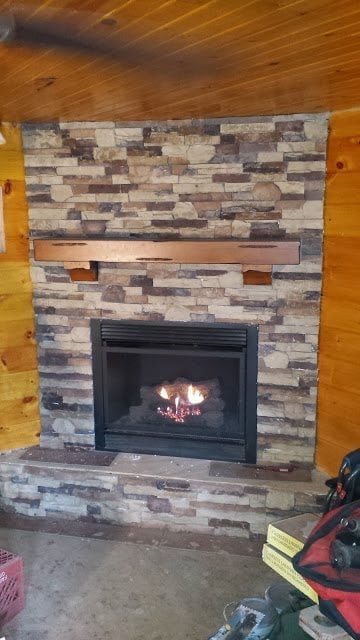
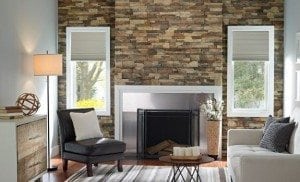
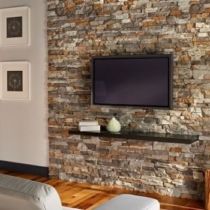
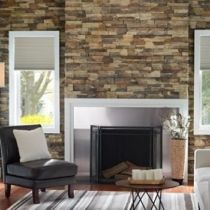
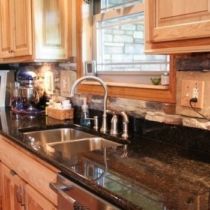
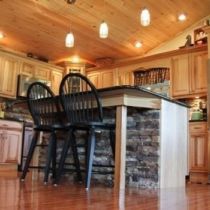
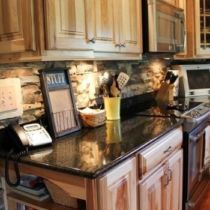

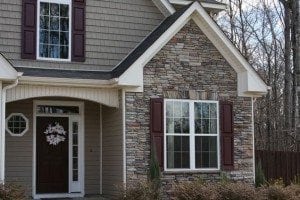

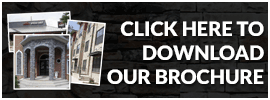
Follow Us!